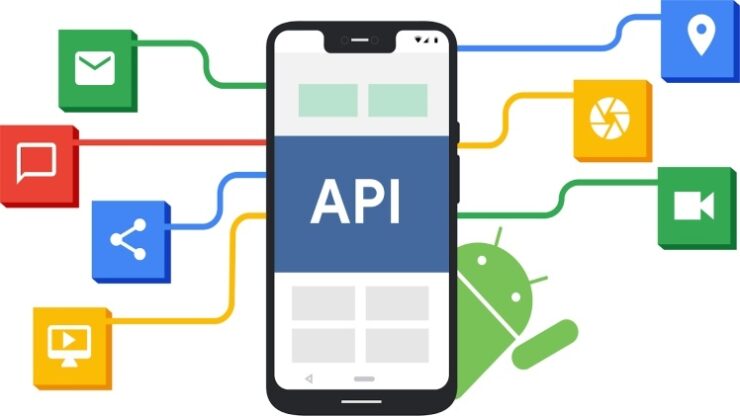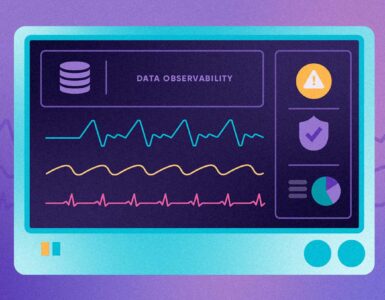You’ve probably realized how much of a difference an instant messaging feature built into your app can make. Live chat can help improve customer satisfaction drastically.
The question is: should you build it or buy it?
Building it from scratch is a resource-intensive task that involves a high degree of technical skill and considerable investment. This is why brands prefer using an instant messaging SDK.
What Is an Instant Messaging SDK?
An instant messaging SDK allows you to easily implement a PaaS real-time chat API into your own app. This minimizes the hassle of deploying real-time chat into your app to zero as long as you follow the fairly simple documentation of the SDK.
Why Instant Messaging SDKs Are the Best Choice
80% of customers prefer interacting with support teams in real-time. Live chat SDKs can help you make the most of real-time chat by deploying it in your app in a matter of hours.
1. Save on Time and Money
Building a live chat platform from scratch can set your business back to the tune of $35,000! That’s a lot of money to spend on something that isn’t part of your core business when you can have a polished product for a fraction of the cost.
2. No Coding Skills Required
The sweet spot of real-time chat SDKs is that it offers you a finished product without any rough edges or bugs ready to deploy with minimum or no coding skills required.
3. Full-Featured and Customizable
Instant messaging SDKs give you the ability to choose which features you require and how you want them to integrate into your app. Live chat SDKs can cater to every use case.
Types of Instant Messaging APIs for Your App
There are three primary types of instant messaging chat APIs that you can use in your app depending on your use case:
- User-to-User Chat: This type of chat allows users to connect with other users in real-time. This is similar to what’s seen on Instagram, Facebook, and other social media platforms.
- User-to-Business Chat: This is the kind of chat you’d expect to see on e-commerce websites where a pop-up bubble lets users connect with support teams to resolve queries in real-time.
- User-to-Service Provider Chat: This type of chat connects users with service providers, just like how riders are able to chat with their drivers on Uber.
What Features Does an Instant Messaging SDK and API Offer?
An ideal instant messaging SDK would provide an end-to-end chat solution for your app. Here are some top features a powerful messaging SDK will come with:
1. Multiple Channel Access
A robust instant messaging SDK and API offers flexible login options. Offering various social sign-up and login choices, along with “create an account,” gives the convenience of access to the user.
2. Public and Private Instant Messaging
An instant messenger SDK will let you create public or private spaces of communication. You can create one-on-one chat rooms or group chats, where you can add multiple members. A variety of chatroom options can make accessing and sharing data simple.
3. Seamless Integrations
We’re almost certain you work with several third-party utility tools that you’d want to unify with your chat SDK. The SDK will let you integrate various features to make communication hassle-free – no need to use different tools and feature plug-ins!
4. Market Sensitivity
Your chat SDK will recognize and let you scale across different target audiences to make communication effortless. Whether it’s international language recognition or new integrations, your chat SDK can help you make easy switches.
5. Range of Customizations
Your app reflects your brand tone. While implementing an API or SDK, you would want to customize your chat system to align with your brand. A chat SDK can be molded to offer you several customization options.
6. Analytical Insight
With intuitive analytics, a chat SDK can help you peek through the numbers your chat system is generating. Whether it’s the number of interactions or the kind, the SDK can assist you in measuring results.
Finding the Instant Messaging API and SDK That Is Ideal for You
There are multiple chat APIs and SDKs for you to choose from. However, the key to narrowing down to one lies in using a compatibility checklist.
Try to run a test to identify which chat API or SDK fits just right with your business needs and preferences. Maybe you are looking for a powerful analytical dashboard to study performance, or you are looking for device-agnostic options – the ideal instant messenger API will align with your goals.
Here are a few factors to include in your checklist:
- Cost
- Technology stack
- Scalability
- Clear documentation
- Security
- Support options
In Conclusion
An instant messenger SDK can help you nurture immersive conversations with your customers. With real-time interactions through a chat SDK, you can drive more conversions, avoid clogged user queries, and ramp up customer loyalty.




























